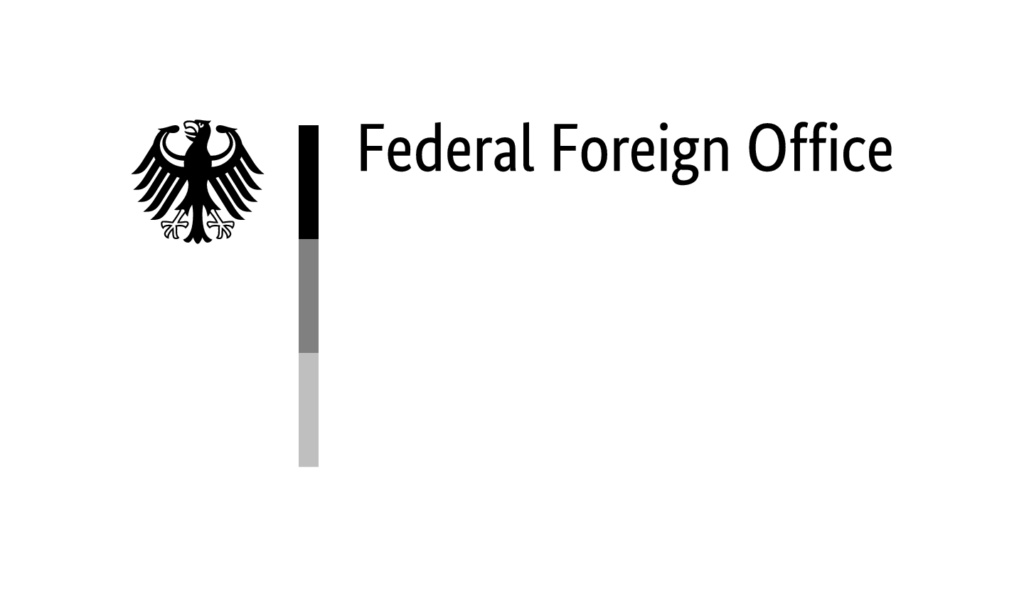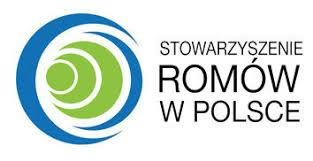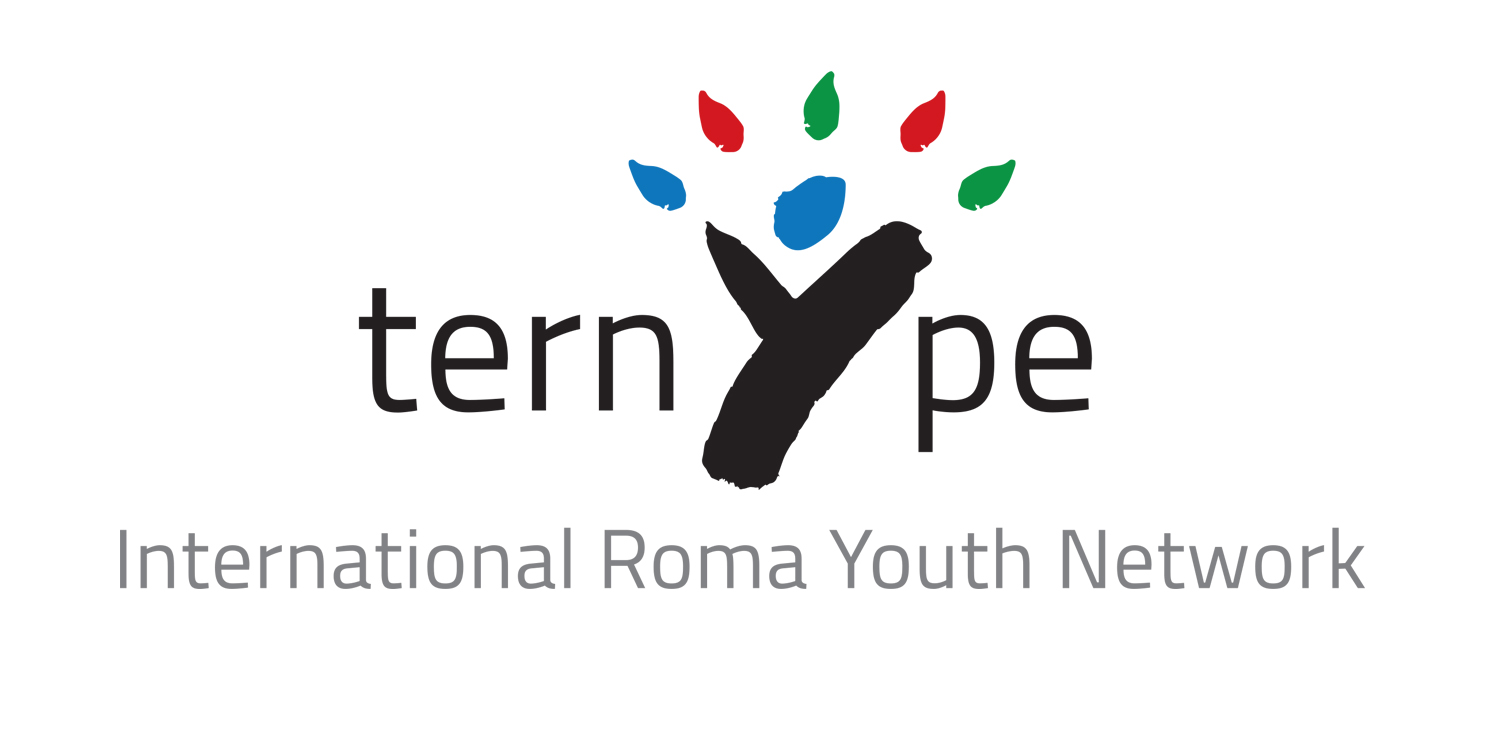Soraya Post, former Member of the European Parliament and initiator of the resolution for the recognition of the Roma genocide, together with Raymond Gurême, a French Roma Holocaust survivor and fighter of the French resistance, who addressed members of parliament March 2015. photo: ternYpe International Roma Youth Network
Recognition of the Holocaust of Sinti and Roma in Europe
April 15, 2015 marked a historical moment. The European Parliament voted with an overwhelming majority to finally adopt a resolution which recognises the historical fact of the genocide of Sinti and Roma that took place during World War II. It also acknowledged that at least 500,000 Sinti and Roma were exterminated by the Nazi regime and their allies, whereby in some countries more than 80 per cent of the Sinti and Roma population was killed. The resolution established 2 August as the European Roma Holocaust Memorial Day.
2 August had been chosen by Sinti and Roma organisations as the day to commemorate all Sinti and Roma victims of the Holocaust. On 2 August 1944, the last remaining 4,200 – 4,300 Sinti and Roma in what the SS called the “gypsy family camp” in Auschwitz-Birkenau were killed. The recognition by the European Parliament constituted an important symbolic step in the fight against antigypsyism and contributed to general knowledge of Roma history in Europe.
The Parliament also called on the Member States to officially recognise the genocide and other forms of persecution of Sinti and Roma such as deportation and internment that took place during World War II. Already in 2011, the Polish parliament had recognised 2 August as a memorial day, and Croatia followed in 2012. In 2016, former French President Hollande acknowledged a “broad responsibility” of France for its collaboration to intern some 6,500 Roma in 31 French camps before being deported to concentration camps. Nevertheless, around Europe much remains to be done regarding recognition, remembrance, research and education about the Genocide of Sinti and Roma, in particular to preserve endangered memorial sites such as in Lety u Pisku in the Czech Republic and Komárom in Hungary.
Link: Resolution of the European Parliament of 2015
Institutional recognition of the Holocaust of Sinti and Roma

Permanent preservation of the graves of Holocaust survivors in Germany
The estimated 4000 graves of Holocaust survivors are permanently preserved as family memorials and places of remembrance for future generations

Recognition of the Holocaust of Sinti and Roma in Europe
Exhibition “The long path to recognition of the Roma and Sinti Holocaust”

Holocaust Memorial Days
An overview of remembrance and education in the OSCE region

The Roma Civil Rights Struggle in Poland
Exhibition “The long path to recognition of the Roma and Sinti Holocaust”










